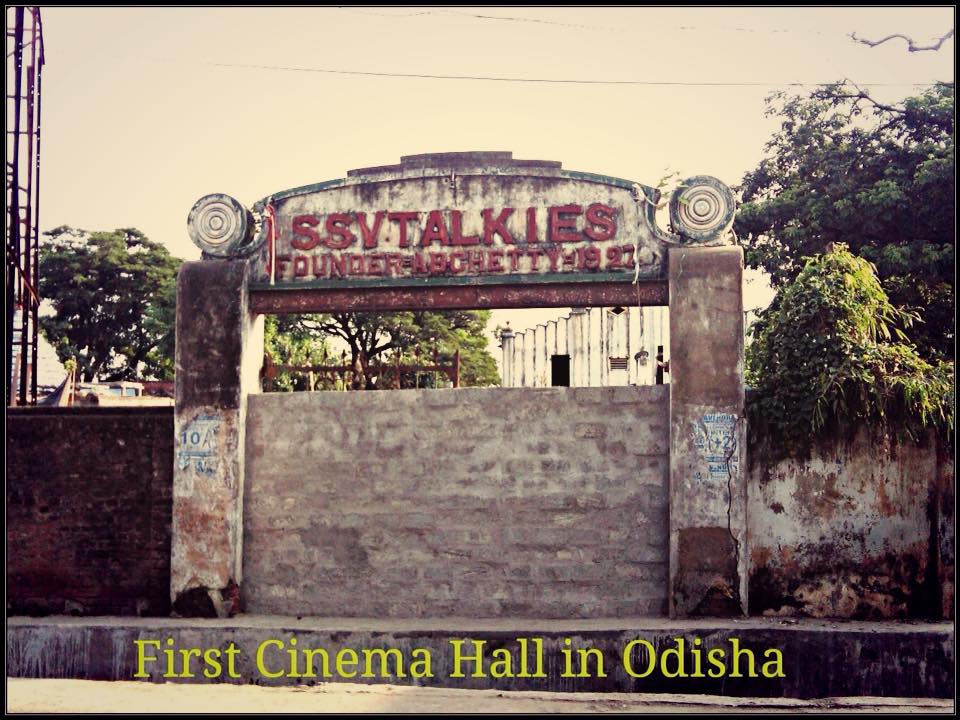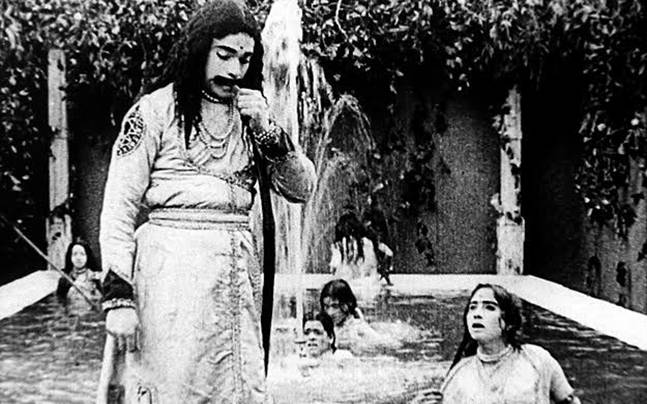🎬 Theaters in Odisha: A Vital Key to Reviving Odia Cinema
Odisha, a state rich in heritage, language, and storytelling, has witnessed a steady decline in its cinema infrastructure over the years. The number of active theaters in Odisha has fallen dramatically, pushing the regional film industry—popularly known as Ollywood—into survival mode. While Odia films have seen a rise in quality, storytelling, and production value, their visibility in local theaters is being overshadowed by high-budget films from Bollywood and South India. To preserve Odisha’s cinematic identity and ensure fair exposure for regional films, the government must focus on reviving theaters and implementing a mandatory screening policy for Odia films.
🎞️ The First Cinema Hall in Odisha: A Legacy That Started in 1927

The history of cinema in Odisha dates back nearly a century. In 1927, Sri Sitaram Vilas Talkie (SSVT) was established by A.B. Chetty in the main area of the erstwhile Berhampur city. It is widely recognized as the first cinema hall of Odisha. Significantly, India’s first silent film, ‘Raja Harischandra’, was reportedly screened in this historic theater. This landmark event not only marked the beginning of film culture in the state but also laid the foundation for Odisha’s connection with Indian cinema. However, despite such a prestigious legacy, the current state of cinema exhibition in Odisha is alarmingly weak.

📉Theaters in Odisha : The Decline of Theaters in Odisha
Odisha once had over 200 cinema halls spread across towns, cities, and districts. Today, that number has dwindled to around 50–60 functional theaters, and many districts—including Puri, Sonepur, and Jagatsinghpur—have no theater at all. This shortage has created a bottleneck, where even well-made Odia films are unable to secure enough screens. When Hindi or Telugu films release, they often dominate all available shows, pushing Odia films out—even if the latter are performing well. This imbalance leaves regional filmmakers disheartened and audiences disconnected from their own language and stories.
🎟️ My Personal Experience in Aska: When a Movie Show Was Nearly Canceled
Recently, I went to watch a movie at the local theater in Aska with a friend. To my surprise, there were only five people in the hall, including us. The theater owner explained that he needed at least ten tickets sold to meet the base cost of projection. Since no additional viewers arrived, the show was about to be canceled.
At the last moment, my friend called the director of the film, who booked the remaining five tickets online from home just to ensure that the show could go on. Only then was the movie projected on screen.
This incident raises a crucial question: Who is responsible for such a situation? Is it the fault of the film’s promotion strategy, the content quality, or the lack of awareness among the audience? Whatever the reason, this story reflects the urgent need for better marketing, stronger audience engagement, and consistent support for Odia films in theaters. Without such measures, even the films that make it to the big screen may fail to reach the people they are created for.
🏛️Theaters in Odisha : The Need for Mandatory Screening of Odia Films
To protect the interests of regional cinema, the Odisha government should implement a policy that requires every cinema theater in the state to allocate at least one show per day for an Odia-language film. Crucially, this slot should not be replaced by non-Odia content, but only by another Odia film. This rotating system would ensure consistent visibility for local films, encourage producers to invest in better storytelling, and help rebuild a connection between Odia films and their audience.
📍 Strategic Development: Where New Theaters Should Be Built
Reviving the theater ecosystem also means addressing geographical inequality. Entire regions remain underserved or completely without cinema halls. Locations such as:
Puri
Boudh
Sonepur
Jagatsinghpur
Nabarangpur
Malkangiri
Remote blocks in Kandhamal, Balangir, and Kalahandi
…are ideal for establishing mini theaters or digital cinema screens. With the right planning, even 100- to 200-seater halls can serve as cultural centers for rural and semi-urban populations.
💰 Government’s Role in Supporting Odisha’s Film Revival
The government can play a transformative role by offering:
Subsidies for theater construction in rural and backward regions
Tax benefits and grants for exhibitors that show Odia films regularly
Public-private partnerships to develop modern cinema chains in Tier II and III towns
Financial incentives for film producers tied to confirmed theatrical releases in Odisha
Digital screening infrastructure to minimize costs and increase reach
Such support systems will not only help filmmakers but also create local employment and encourage cultural tourism in heritage-rich regions.
🎭 Theaters and Films Must Grow Together
A strong film industry needs a strong exhibition platform. Theaters in Odisha and Odia films are mutually dependent—one cannot grow without the other. A consistent theatrical presence boosts audience interest and provides vital revenue streams for filmmakers. In return, compelling and culturally rich films help draw people to theaters and renew the tradition of community film viewing.
✅ Conclusion: Reclaiming Odisha’s Cinematic Legacy
From the pioneering days of Sri Sitaram Vilas Talkie in Berhampur to the present struggles of theaters in places like Aska, one thing remains clear: theaters in Odisha are not just entertainment venues—they are cultural institutions. By building more theaters, enforcing a mandatory daily Odia film show, and offering supportive policies and incentives, the Odisha government can revive its once-vibrant cinematic landscape.
Now is the time to honor our past, empower our filmmakers, and ensure that Odia stories continue to thrive on the big screen—for generations to come.

